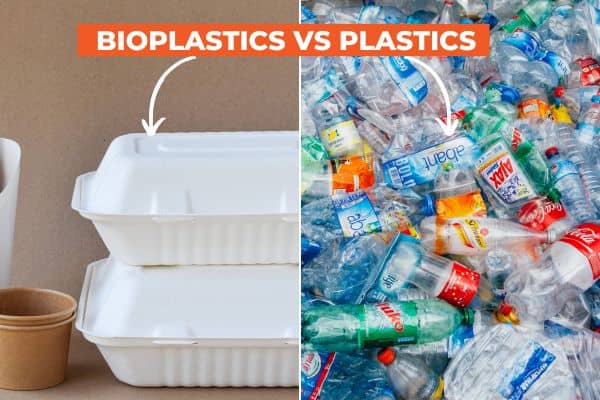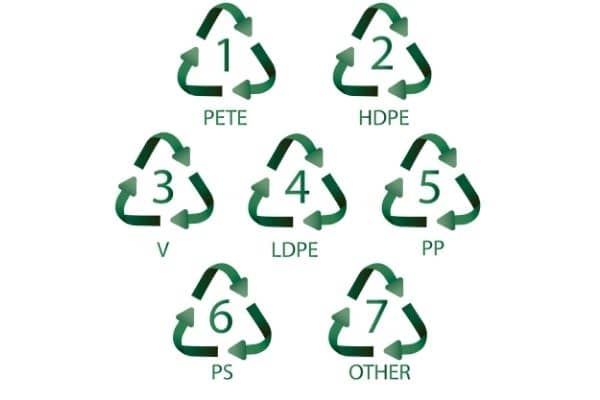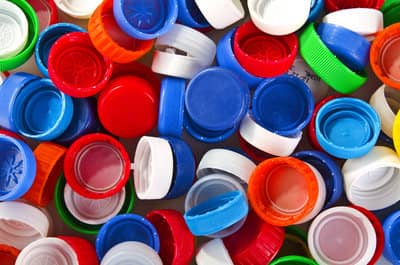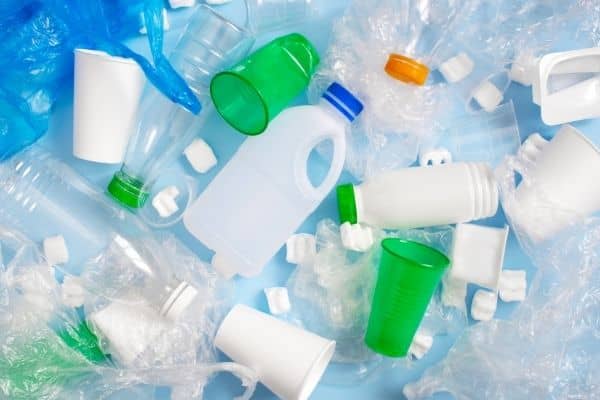Hi Reader,
I hope this email finds you well.
Welcome to all of our new subscribers. I'm delighted that you've joined us.
Challenge yourself this Plastic Free July!
Plastic Free July is more than a challenge—it’s a powerful opportunity to reflect, reset, and reduce. Every year, millions of people around the world take part, choosing to refuse single-use plastics for a day, a week, or the whole month. This July, we’re inviting you to join the movement—and take a closer look at your own plastic use.
Why Plastic Free July Matters
Plastic is woven into nearly every part of our lives—packaging, clothing, household goods, even the food we eat. Most of us don’t realise how much we rely on it… until we try to go without.
That’s the power of Plastic Free July.
This challenge helps you spot the plastic hiding in plain sight—on your shopping list, in your kitchen, bathroom, and beyond. It’s not about being perfect—it’s about making small, better choices that add up.
You might discover how much plastic you really use, find simple swaps that stick, and feel empowered by reducing your impact. And the bonus? A life that’s often simpler, healthier, and more mindful.
Plastic Free July Actions and Tips
Below are some tips to help you take your plastic-free efforts to the next level. I’ve intentionally left out the usual advice like carrying a reusable water bottle, bringing your own shopping bags, or saying no to plastic straws—these are well-known and widely shared. Instead, let’s go a little deeper and explore some less obvious, but equally powerful, ways to cut back on plastic and make a real impact this month.
Here are some resources that might help:
And my top tips are:
- Use refill stations – Refill cleaning products, laundry liquids, and even pantry staples at local zero-waste stores.
- Opt for wooden or metal dish brushes – Replace plastic scrubbers and sponges with compostable alternatives.
- Ditch microplastics in skincare – Check your toiletries for ingredients like “polyethylene” and choose natural exfoliants instead. Read more in Laundry Microplastics: The Global Impact of Microplastics on Oceans
- Choose natural fibre clothing – Avoid synthetic fabrics like polyester that shed plastic microfibres in the wash.
- Use silicone baking mats or paper – Skip plastic-lined baking paper and invest in reusable silicone mats.
- Buy second-hand whenever possible – New products often come with plastic packaging; op-shopping keeps things circular and low-waste.
- Get a safety razor – Ditch disposable plastic razors for a stainless steel safety razor that lasts for years.
- Read labels and ask questions – Choose products with no or recyclable packaging, and support brands that do better.
- Buy Less, Choose Quality - Opt for high-quality, durable clothing over fast fashion to reduce the need for constant replacements.
- Use a bar of soap – Replace liquid soap and shampoo in plastic bottles with solid bars.
What Else Is On
Prime Day - What if we could turn Amazon Prime Day into “Support Recycling Day”?
But first, instead of buying just because it’s on sale, let’s focus on what we truly need—and make more sustainable choices when we do. Buying something you don’t need isn’t saving, it’s still spending.
If you genuinely need a replacement, look for products made from recycled materials. What if we turned Amazon Prime Day into Support Recycling Day? The more we search for and support recycled options, the more we encourage brands to offer them.
Learn how to search Amazon for recycled products.
Catch Up On Reading

Bioplastics vs. Plastics: What is the difference?
|
|

How to make sense of Plastic by Numbers
|

Can You Recycle Bottle Caps?
|
|

What is Plastic? A simple explanation
|
|
|
Don't forget to grab a copy of my book!
It would make a great Christmas Present. It's available online and in stores at most good bookstores. If you've already got your copy, please leave a review so others can find it.
Learn more here.
|